LATEST F1 NEWS
 Williams confirm Browning as reserve driver for 2026
Williams confirm Browning as reserve driver for 2026 Logan Sargeant confirmed as Ford WEC Hypercar driver
Logan Sargeant confirmed as Ford WEC Hypercar driver.webp) Mekies expects ‘struggles’ amid power unit project
Mekies expects ‘struggles’ amid power unit project/SI202601151062%20(1).webp) Check out every angle of Racing Bulls’ 2026 livery
Check out every angle of Racing Bulls’ 2026 livery/SI202601151081.webp) Racing Bulls launch 2026 livery in Detroit
Racing Bulls launch 2026 livery in Detroit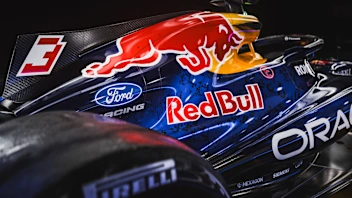 Every angle of Red Bull’s 2026 livery
Every angle of Red Bull’s 2026 livery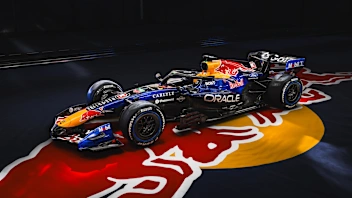 Red Bull unveil striking new livery for 2026
Red Bull unveil striking new livery for 2026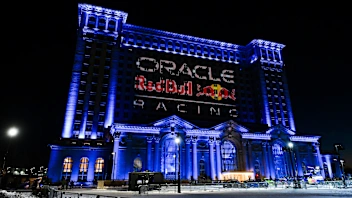 Re-watch Red Bull and Racing Bulls’ 2026 launch
Re-watch Red Bull and Racing Bulls’ 2026 launch.webp) Team Previews 2026All you need to know about Red Bull
Team Previews 2026All you need to know about Red Bull/TEAM%20PREVIEWSHALF%20TERM%20REPORTS%20V1%20(13).webp) Team Previews 2026All you need to know about Racing Bulls
Team Previews 2026All you need to know about Racing Bulls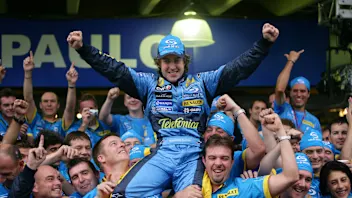 7 dynasty-ending championship wins
7 dynasty-ending championship wins.webp) Bottas’ best moments from his 2025 ‘gap year’
Bottas’ best moments from his 2025 ‘gap year’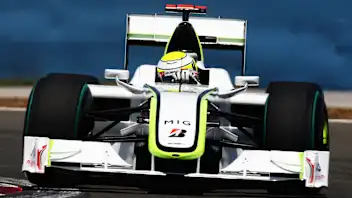 ExclusiveRoss Brawn reveals his favourite car designs
ExclusiveRoss Brawn reveals his favourite car designs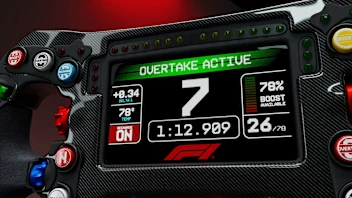 ExplainedAll you need to know about F1’s new power units
ExplainedAll you need to know about F1’s new power units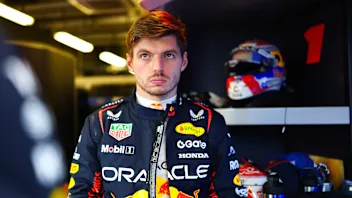 Verstappen names his most difficult season in F1
Verstappen names his most difficult season in F1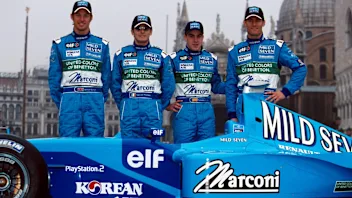 Quiz10 quiz questions on Formula 1 car launches
Quiz10 quiz questions on Formula 1 car launches